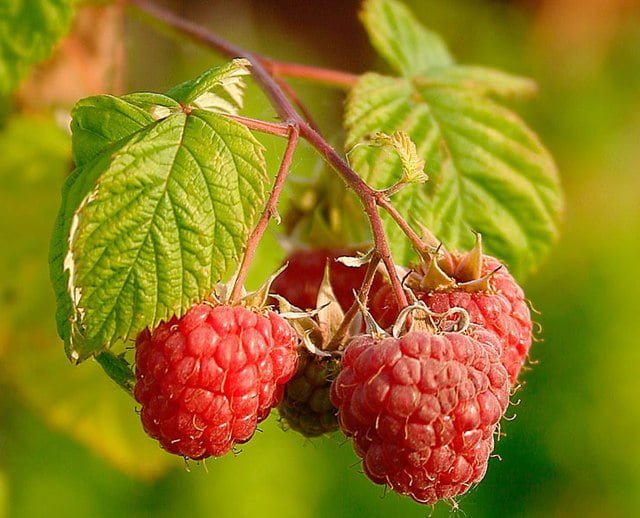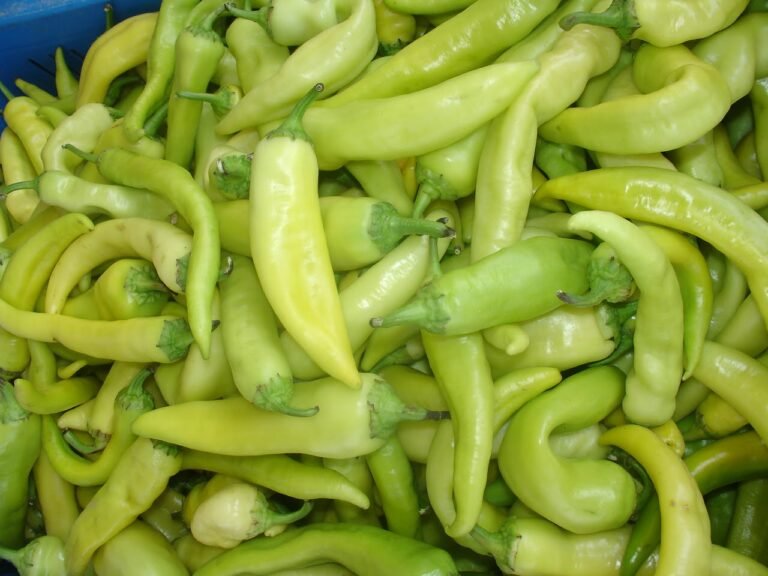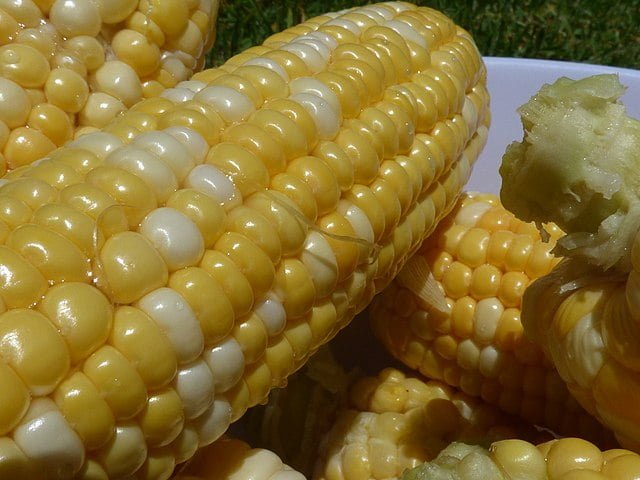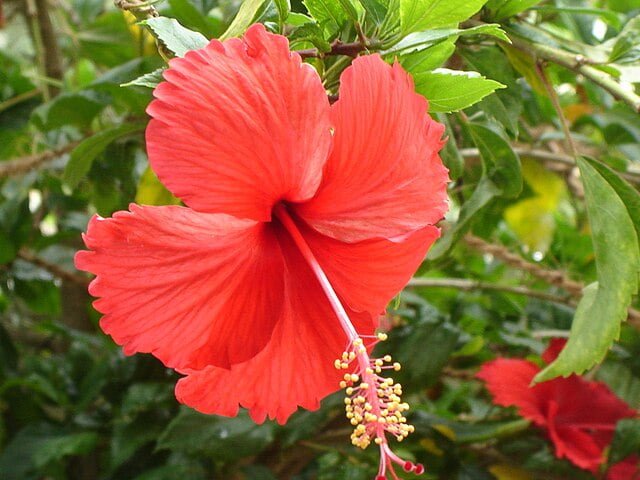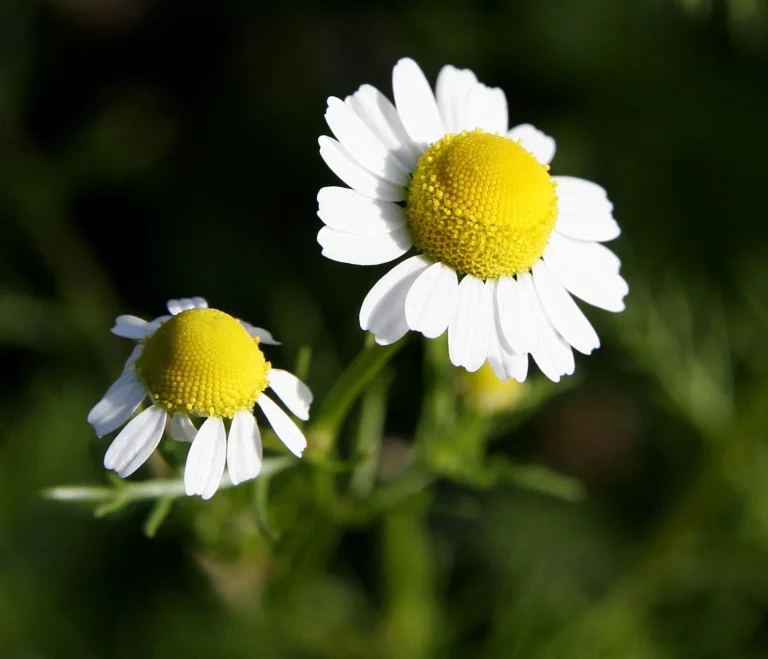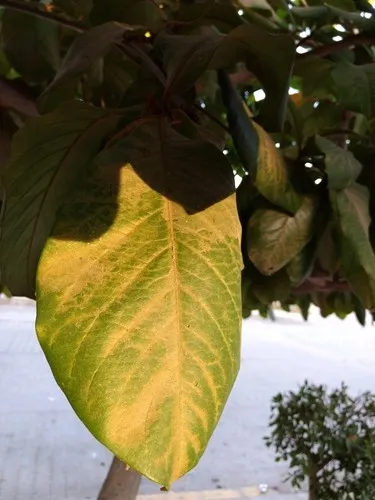The Sweet Reward: A Comprehensive Guide to Growing Raspberries
Raspberries are a gardener’s treasure – sweet, tangy, and packed with flavour. Best of all, they’re relatively easy to grow and reward the effort with bountiful harvests. This article will guide you through the process of cultivating your own raspberry patch, from choosing the right variety to harvesting and maintaining the plants.
Understanding Raspberries

Raspberries belong to the Rubus genus, with two main types: summer-bearing and everbearing (or fall-bearing). Summer-bearing raspberries produce one crop per season, typically in early to mid-summer, while everbearing varieties can produce a small crop in early summer followed by a larger crop in the fall.
Choosing and Planting Raspberries

- Choosing Varieties: Your choice should be influenced by your climate, soil type, and personal preference for colour and taste. ‘Heritage’, ‘Fallgold’, ‘Canby’, and ‘Killarney’ are popular choices known for their productivity and flavour.
- Site Selection: Choose a sunny site with well-draining soil. Raspberries prefer slightly acidic soil with a pH of 5.6 to 6.2.
- Planting: Plant bare root raspberries in early spring as soon as the soil can be worked. Space the plants about 2-3 feet apart in rows that are 8-12 feet apart.
Caring for Raspberry Plants

- Watering: Keep the soil consistently moist but not waterlogged. Water deeply once a week, providing about 1-1.5 inches of water.
- Fertilizing: Apply a balanced all-purpose fertilizer in early spring. For organic options, compost or aged manure can enrich the soil.
- Pruning: Proper pruning is critical for raspberry plant health and productivity. Prune summer-bearing varieties in late winter or early spring, removing all weak, diseased, or damaged canes. For everbearing varieties, prune lightly to remove damaged canes in early spring, and after the fall harvest, cut all canes to the ground.
Harvesting Raspberries

Harvest raspberries when they are fully coloured and easily pull away from the plant. It’s best to pick them in the cool of the early morning and refrigerate immediately. Remember to harvest frequently, as ripe berries can spoil quickly.
Pest and Disease Management

Common pests include raspberry cane borers, Japanese beetles, and aphids. Diseases such as raspberry leaf spot and botrytis can also occur. Regular monitoring, good garden hygiene, and prompt action can help prevent many of these problems.
Growing raspberries in your backyard is a rewarding endeavour, providing fresh, flavourful fruit for your family and enhancing your landscape’s beauty. By understanding the basics of raspberry cultivation and care, you can enjoy an abundant harvest year after year. So, here’s to gardening adventures and the sweet rewards they bring!

